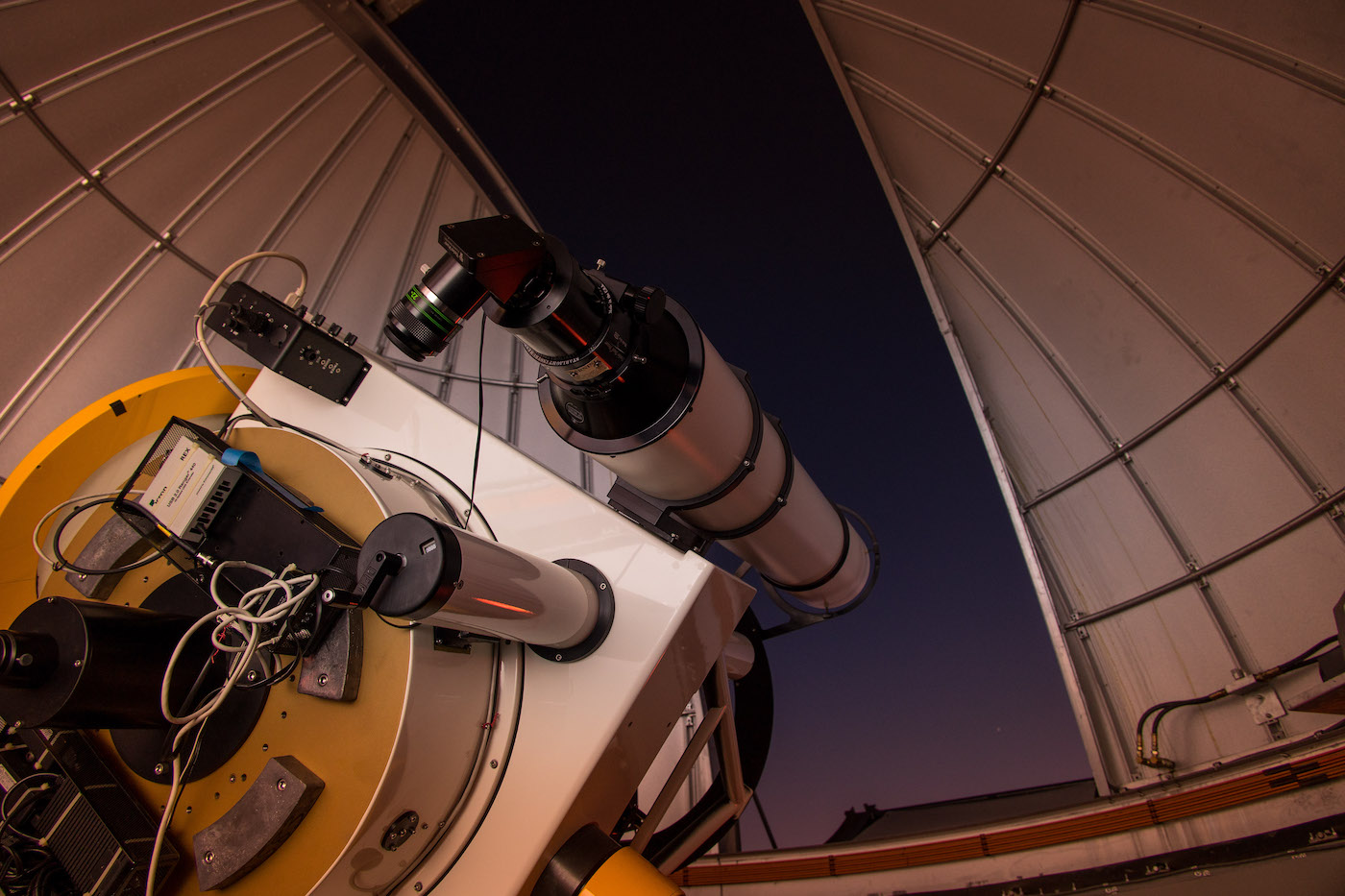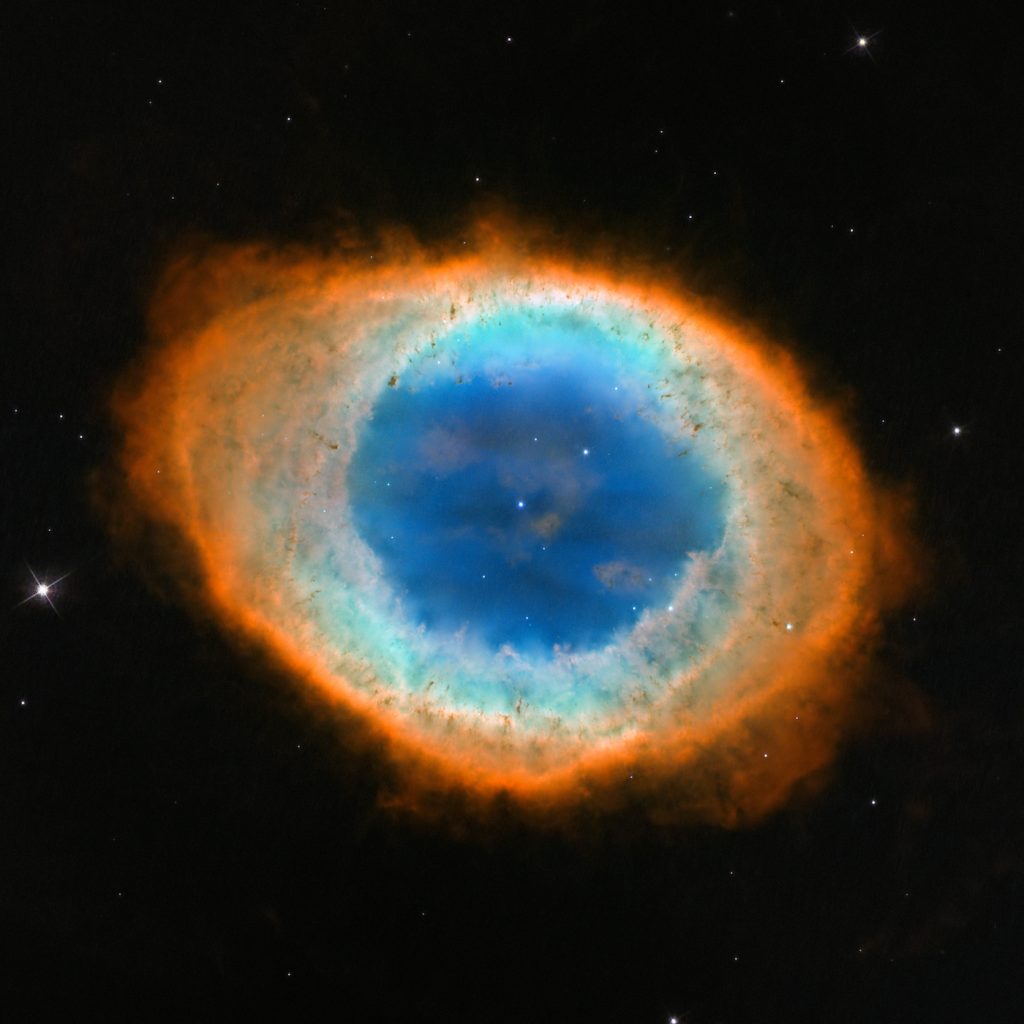Summer Triangle Shines from Milky Way


This month’s public viewing of the stars will focus on several exotic Messier objects as the summer Milky Way stretches across the sky from the northeast to the southwest. The free viewing on Friday, August 19, begins at sunset and lasts several hours at the Westmont Observatory. Face coverings are required at the event, which is run with the help of volunteers from the Santa Barbara Astronomical Unit (SBAU).
Free parking is available near the observatory, which is between the baseball field and the track and field/soccer complex. In case of inclement weather, please call the Telescope Viewing Hotline at (805) 565-6272 to see if the viewing has been canceled.
“At the center of the Milky Way lies one of the most star-studded regions, sandwiched in the region of the Summer Triangle that consists of the bright stars Deneb, Vega, and Altair,” says Thomas Whittemore, emeritus instructor of physics and SBAU member.
The triangle houses Messier 57, the Ring Nebula, an expanding cloud of gas that used to be the atmosphere of a dying white dwarf star. “Visitors should know that this will also be the fate of our own star, the sun, but far, far in the future,” Whittemore says. “Although the central white dwarf will likely not be visible in Westmont’s refractor telescope, the spherical, expanding cloud of gas will.”
Another remnant of a white dwarf lies nearby in Messier 27, the Dumbbell Nebula. “Although created through the same process as Messier 57, this object will look very different to the public – in the shape of a bowtie,” Whittemore says. “What process produced this asymmetric object? Was there an unseen stellar companion to redistribute the gas cloud into this odd shape?”
While in the stellar region, Whittemore plans to point the telescope to the central section of Cygnus, the Swan, where a number of open clusters dot the region where an absence of stars forms what is known as the Coalsack Nebula.
He encourages the public to bring binoculars to use on the observatory deck where he will be able to point out a number of gems in the southern sky, a region too low for Westmont’s eight-inch refractor telescope.







You must be logged in to post a comment.